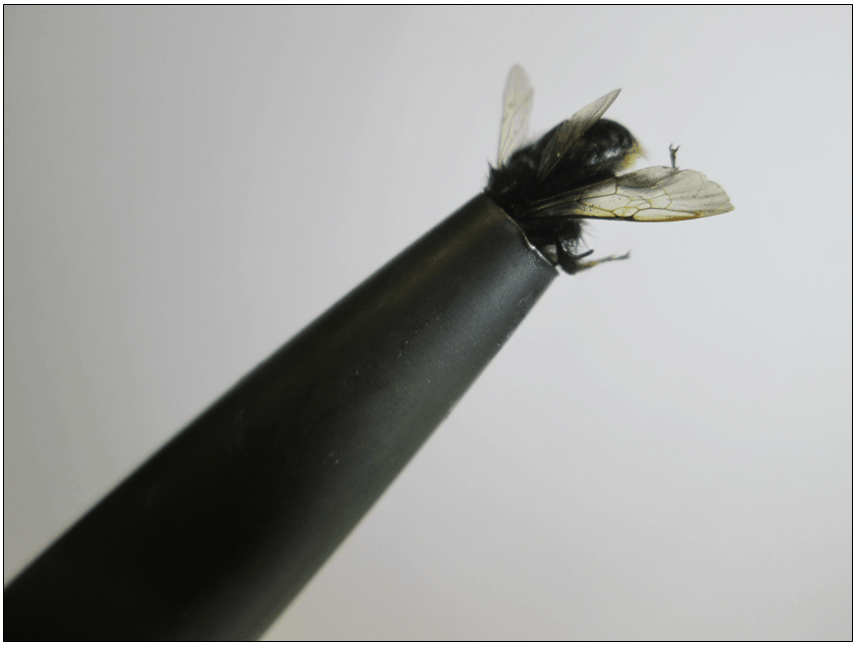
Pitots have played a role in several aircraft accidents, including the fatal Air France Flight 447 in 2009. Now, according to aerospace engineers at the University of Bristol, acoustic methods similar to those used in a variety of other applications could help prevent such accidents by making pilots aware of a blocked Pitot before a situation becomes critical.
The approach has been proposed before, but no substantial data, either experimental or simulated, has been published until now. The researchers wanted to find out if it would be possible to detect common blockage types that aircraft face, including tape, ice and insects.
Three Pitot-statics from two different commercial aircraft were X-rayed by a CT scanner and an acoustic study was carried out to find out the variation between blocked and unblocked reflected acoustic waves. Experiments using a range of blockage types, including tape, insects, foam and metal, were also conducted on the same tubes.
The research found it is possible to detect blockages reliably, even for particularly small tubes, and for tubes containing non-cylindrical shapes. However, for the method to work well, it is necessary for there to be a simple tube along most of the length of the pressure duct.
Dr Thomas Rendall, Senior Lecturer in the Department of Aerospace Engineering at the University of Bristol and co-author on the paper, said: “In principle, the method could be adopted to help inform pilots if Pitots are blocked before they take off, or if they subsequently become blocked during a flight."
The data from the study is only for a Pitot in an aircraft on the ground. The next phase of the research would be for the system to be tested for in-flight operation, which would require detailed noise data from a real aircraft. The system would also need to be made smaller to fit into the tight confines of an aircraft structure.




April 1886: the Brunkebergs tunnel
First ever example of a ground source heat pump?